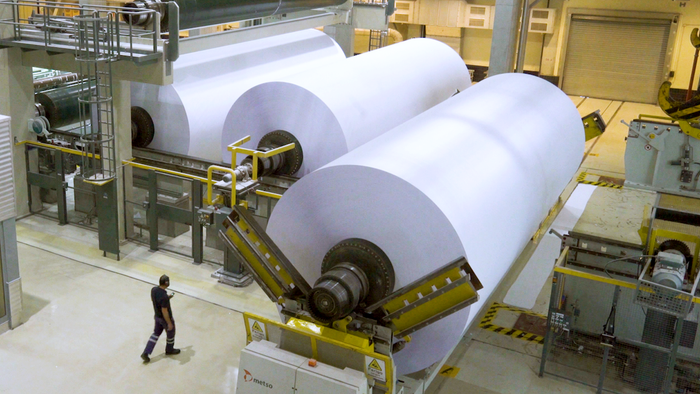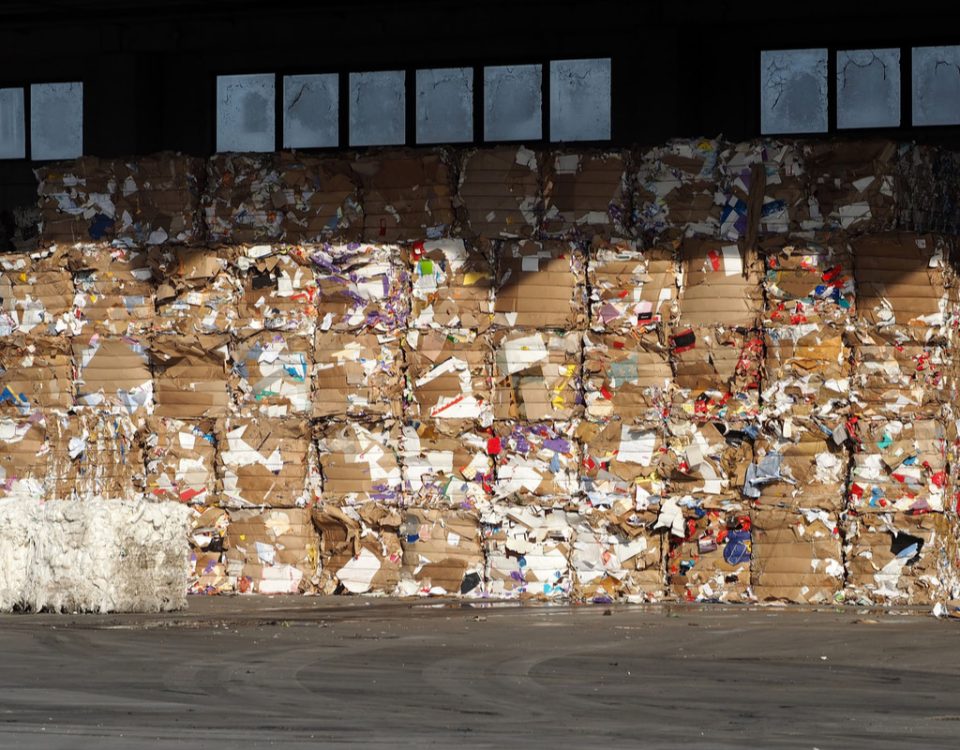
Mercer International announces temporary curtailment of its Celgar pulp mill
July 24, 2023
UPM to close down Plattling mill in Germany
July 26, 2023On 25 July, the Bureau of International Recycling (BIR) published its mid-year report.
Comments from Francisco Donoso, President of the BIR Paper division (picture), representing Dolaf Servicios Verdes (Spain):
The main feature of the market has been the lack of demand across all parts of the world, principally because of low consumption of finished products and therefore weakened demand for packaging material. The financial crisis, high inflation rates, and the Ukraine conflict are all likely to have contributed to this reduced demand for finished products. Fortunately, freight rates to Asia have dropped significantly such that the market, although weak, has retained some life.
Prices have been reduced during recent months despite weak supply and low stock levels in collectors’ and paper mills’ yards. In Europe, OCC and white grade prices have dropped around Euro 20 per tonne since May whereas the deinking grades have remained relatively stable, albeit at low levels. In the USA, domestic OCC prices climbed slightly in some regions at the beginning of July, but all other grades continued to fall.
The trend seems to be changing currently in Asia, with hikes of up to US$ 15 per tonne in India and of US$ 5-10 in other countries. The reason for this could be low production levels during recent months and weak local collection volumes while paper mills were trying to reduce stock levels in a downward-trending market. Mills are now trying to replenish their stocks amid a low collection scenario, and so prices are moving slowly upwards.
China has not provided much assistance over recent months, demanding very low volumes of recycled pulp from other Asian countries owing to the global backdrop of low demand for consumer goods and thus also for the boxes in which they are packed. Low demand for recycled pulp in China means the same for recovered paper in other Asian countries, as that recovered paper is often used to produce recycled pulp for China.
About the French market, Jean-Luc Petithuguenin (Paprec) shared his views:
The board market saw prices increase in Europe at the beginning of the second half of 2023 before then dropping twice. The export market enabled sales to be spread between Europe and Asia, leading to low stock levels in warehouses. At the time of writing, marine export prices are higher than domestic levels, helped by a significant decrease in ocean freight rates. Collection volumes remain around the average in France, as does the demand for the various grades.
Customers at the mills are lacking orders and facing pressure on reel prices which, as a result, is putting pressure on the recycling industry too. Machine stops are happening every month as a response to market conditions. In the latest mill developments, VPK has started up its factory at Alizay in France whereas Norske Skog has announced a delay until 2024 for the board machine at its Golbey mill.
The paper market is not performing well, with some grades very difficult to place and prices continuing to fall. Customers are running out of orders and slowing their production. Stocks are high for grades such as sorted office paper (SOP), shredded books, and white wood. In the case of SOP, hygienists are abandoning the recycled grades and turning to pulp, which has seen dramatic falls. The same is true of white paper, some grades of which are very difficult to sell. In the competition with pure pulp, there is little demand in the market, prices are dropping every month and stocks are gradually rising.
No improvement is anticipated this summer: demand is expected to remain average, with no German market, and inventories are set to rise again in August given the announced plant closures. It is hard to predict what the end of the year will bring, but there is no sign of a recovery at present. What can be said with certainty is that 2023 is nothing like 2022.




